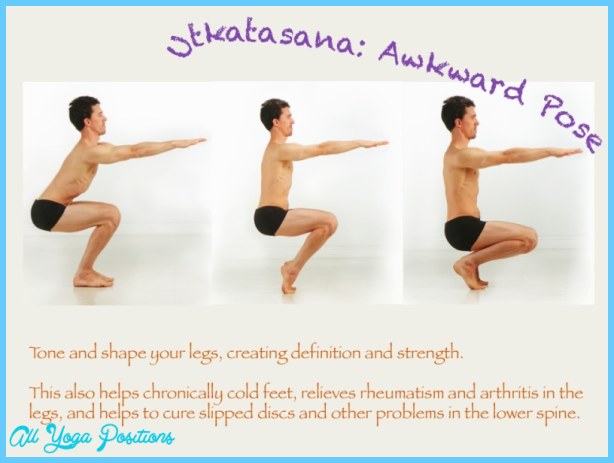

This thick, fascial tissue serves as the tendinous insertion for the gluteus maximus and tensor fascia latae. This small muscle lies in front of the hip joint and is one of the connection points for the IT band.

This is the uppermost and largest part of the hip bone it’s a wide, flat bone that provides many attachment points for muscles of the hip and trunk. See also What You Need to Know About Fascia The Anatomy of the IT Band Ilium But too much use (or underuse) from one of these muscles can overstress your IT band and tug on your outer knee, leading to pain. When the two muscles that attach at the top section of the IT band-the tensor fasciae latae and gluteus maximus-contract, it adds tension to the IT band, which helps to stabilize your knee-to-hip relationship. That fascia also envelops your quadriceps muscles and tapers into the knee joint capsule. Think of the thick fascia of the IT band like a well-tensioned bridge that links the pelvis and knee. The IT band is responsible for keeping your hips and knees stable, particularly during rapid, explosive moves like running and jumping. It connects the tensor fasciae latae muscle (a hip flexor) and gluteus maximus (the largest butt muscle, a hip extensor, and external rotator) to the outside of the tibia. What Is the IT Band?Īlso known as the iliotibial tract, the IT band is a multipurpose tendon that runs down the length of the outer thigh, from the top of the pelvis (ilium) to the shin bone (tibia). Yet before you use yoga to help “stretch” or heal your IT band, it’s important to know the basics about how this tissue can become irritated and what to do to help it feel better.

But if you love jump backs, or if you practice yoga to help balance a fitness regimen filled with high-impact or explosive activities (think running, hiking, dancing, or high-intensity interval training) you likely have an embodied sense of this fibrous structure, and you might say it feels “tight.” And you’re right: The tendinous fibers of the IT band have a firmness that serve as a natural protector of your outer thigh. After all, the thick fascial tissue (similar to a tendon) isn’t typically aggravated by yoga alone. The iliotibial (IT) band may not be top of mind for most yogis. Heading out the door? Read this article on the new Outside+ app available now on iOS devices for members!


 0 kommentar(er)
0 kommentar(er)
